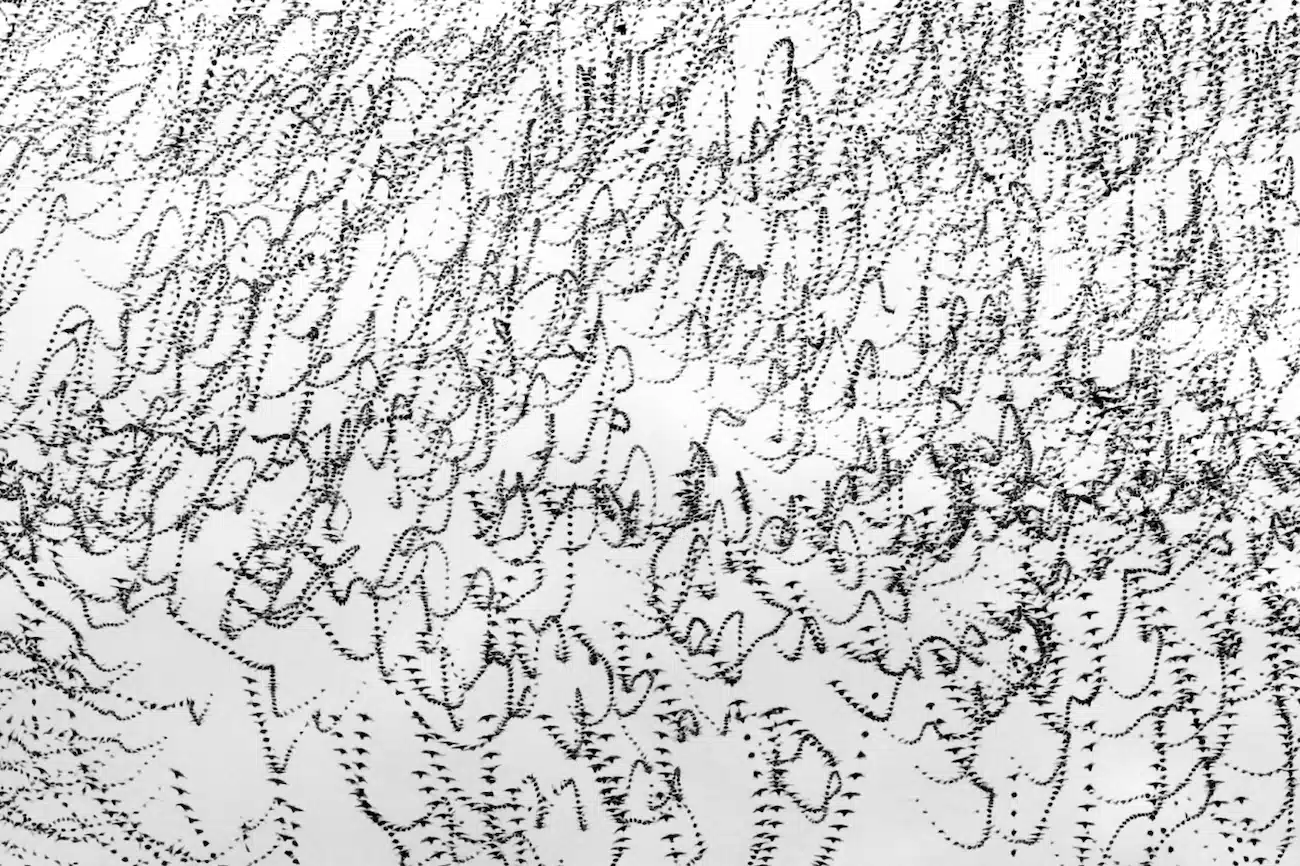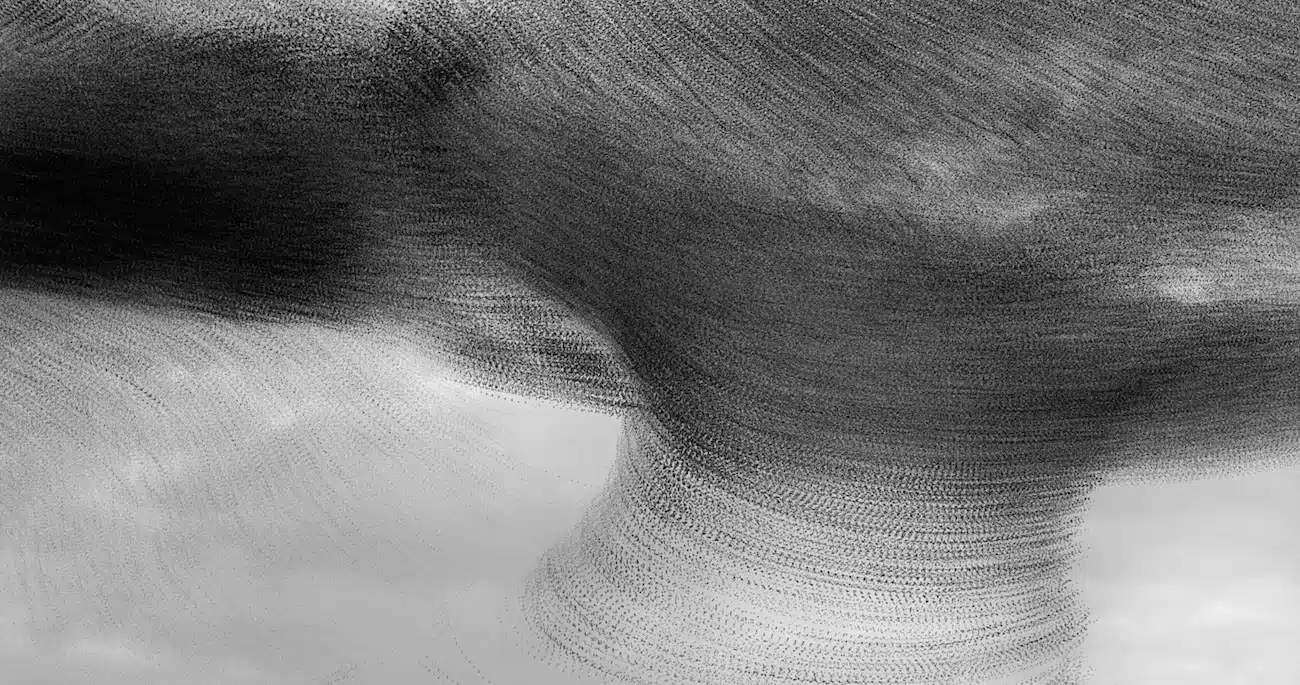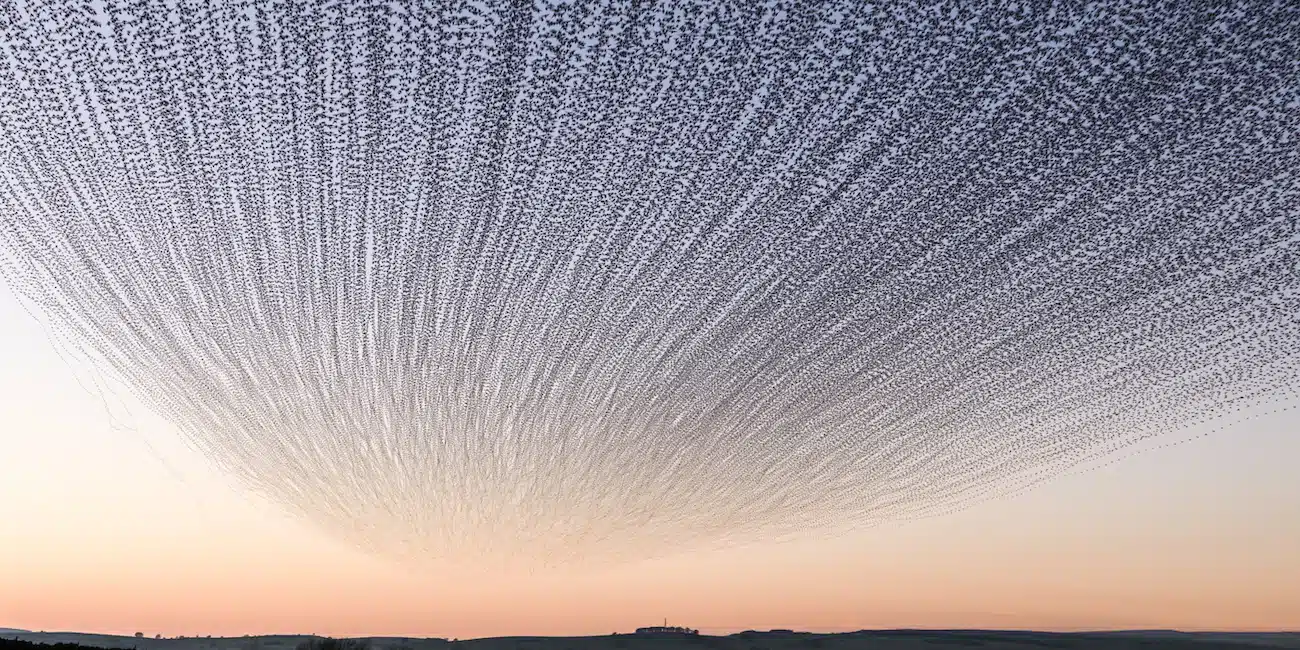
Each year, from November to March, European starlings migrate from the colder northern regions to the United Kingdom. As dusk falls, these remarkable birds gather into mesmerizing flocks, known as murmurations. Scientist and photographer Kathryn Cooper has been documenting this breathtaking phenomenon over the past eight years, revealing how thousands of starlings create a synchronized display of fluid motion above their roosting sites.
Cooper captures stunning images of the starlings near her home in the north of England. Occasionally, the birds arrive in small groups, using their songs to draw in larger flocks. At other times, the sky is filled with vast flocks, transforming the horizon into a mesmerizing display of movement and sound, with countless birds swirling and twisting through the sky.
“Their fantastic aerial displays appear almost choreographed with patterns emerging and dissolving in the sky,” Cooper tells My Modern Met. “I cannot help feeling filled with wonder when witnessing hundreds of thousands of individuals moving with such cohesion. The birds neither collide nor disperse, effortlessly avoiding obstacles and evading predators. As they pass overhead, they fill the air with an astonishing barrage of noise and vibration of the air.” Cooper adds, “Not only are they visually breathtaking, but they engulf the other senses.”
With a professional background in physics and bioinformatics—a field that applies data science to biological systems—Cooper’s work focuses on studying the dynamics of networks. She’s fascinated by the complex patterns created through the birds’ seemingly organized interactions. Cooper says, “Nature has great ability as a problem solver, while at the same time, with no plan to do so, never fails to bring about something quite exquisite.”
Cooper uses a 19th-century photographic technique called chronophotography to capture how the birds fly in unison. She’s inspired by the pioneers of the concept—British-American photographer Eadweard Muybridge and French scientist Étienne-Jules Marey—who both became fascinated with the mechanics of both human and animal movement, particularly the flight of birds.
Each final image is made by combining multiple successive exposures, resulting in what looks like painterly brushstrokes across the sky. Cooper explains, “The images are overlaid onto the same print to reveal motion and behaviour otherwise hidden. Some are composed from hundreds of consecutive exposures and others, just a handful.”
While this Victorian-era technology enhances Cooper’s work, there’s still a delay between capturing the birds mid-flight and seeing the final result. Often, the patient photographer doesn't view the outcome until well after the starlings have returned to their northern breeding grounds.
“What intrigues me now is a journey to understanding the mechanism by which we find these transient, ethereal shapes compelling,” says Cooper. “I have no control over the shapes the starlings present to me, and although I select those with aesthetic beauty, the birds continue to provide time and again.”
Check out some of some incredible images of bird murmurations below and find more from her portfolio on Kathryn Cooper’s website.
Scientist and photographer Kathryn Cooper captures the mesmerizing flocks of starlings, known as murmurations, near her home in northern England.

She's been documenting this breathtaking phenomenon over the past eight years, revealing how thousands of starlings create a synchronized display of fluid motion above their roosting sites.

Cooper uses a 19th-century photographic technique called chronophotography to capture how the birds fly in unison.

She combines multiple successive exposures to capture the birds' complex movements in one image.

































































































